32 Free Animal Eyes Photos transparent PNG images
Discover our captivating collection of Animal Eyes Photos, featuring 32 free AI-generated images that capture the mesmerizing diversity of wildlife vision. From striking close-ups of feline pupils to the mysterious gaze of nocturnal creatures, our collection includes high-quality stock photos, detailed 3D renderings, versatile vectors, and artistic illustrations. Each image is available for high-resolution download, and our innovative 'open in editor' feature allows you to fine-tune the prompts to regenerate variations that perfectly match your creative vision.


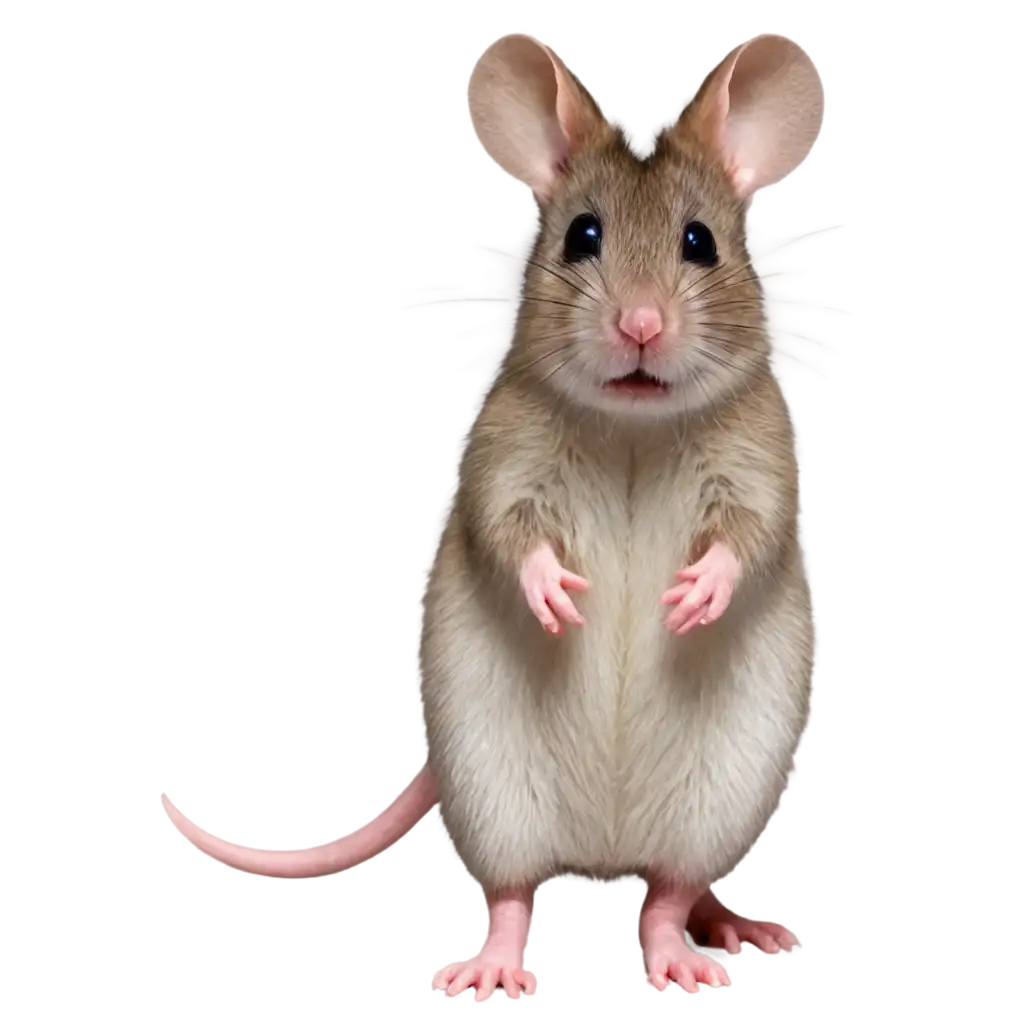
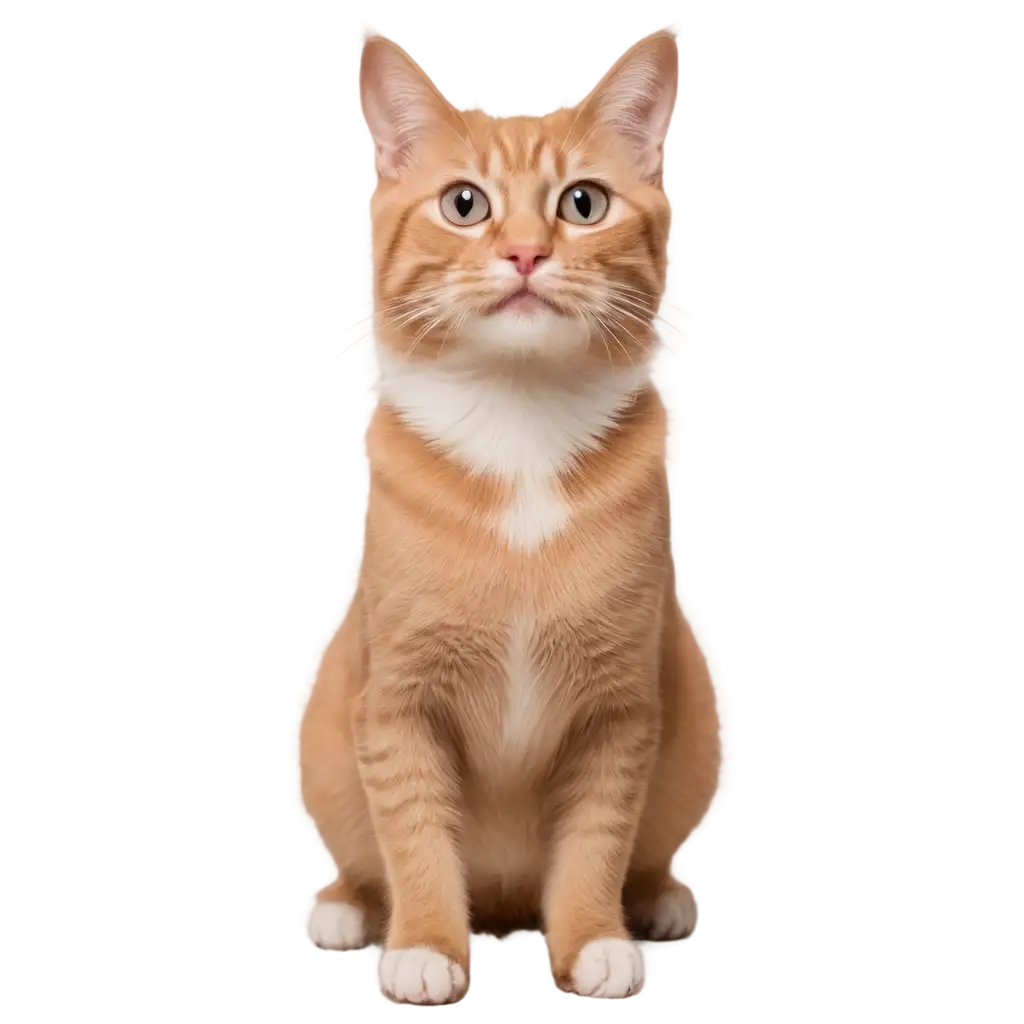
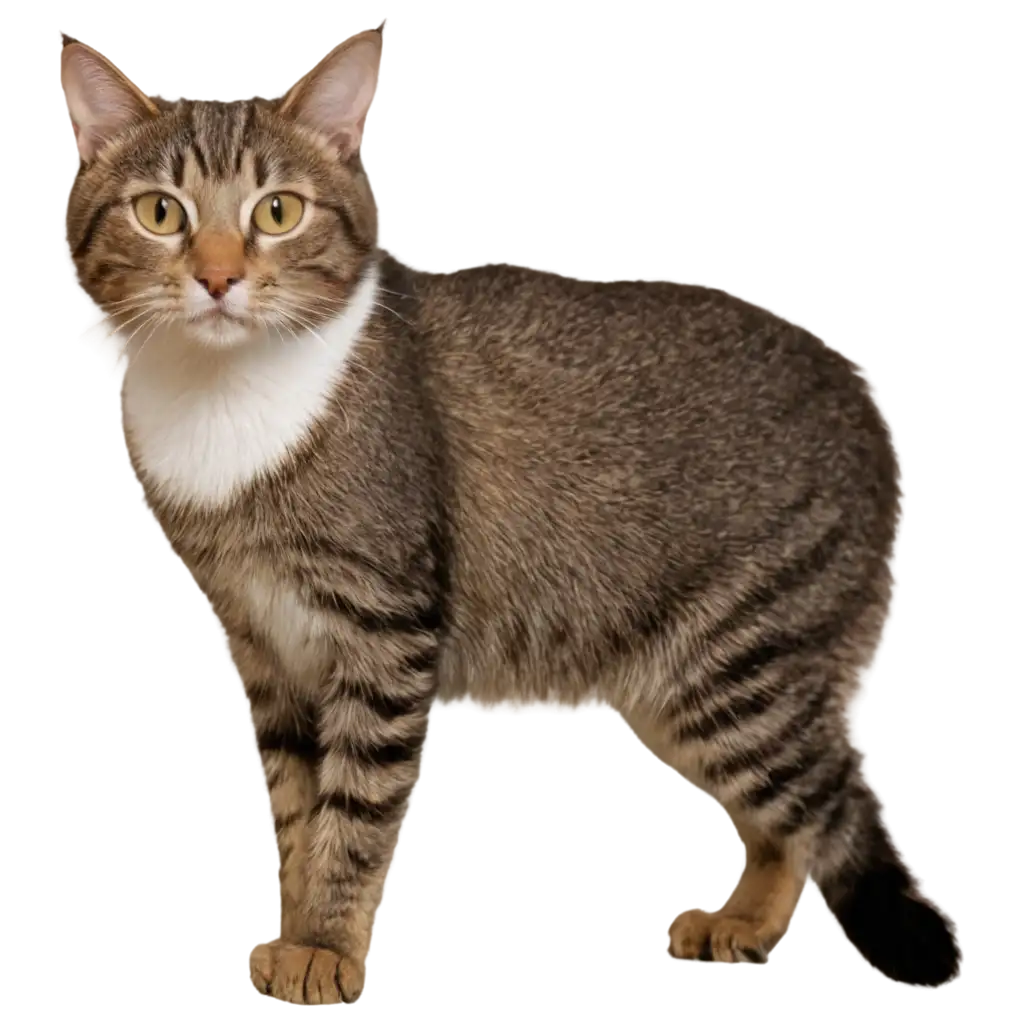
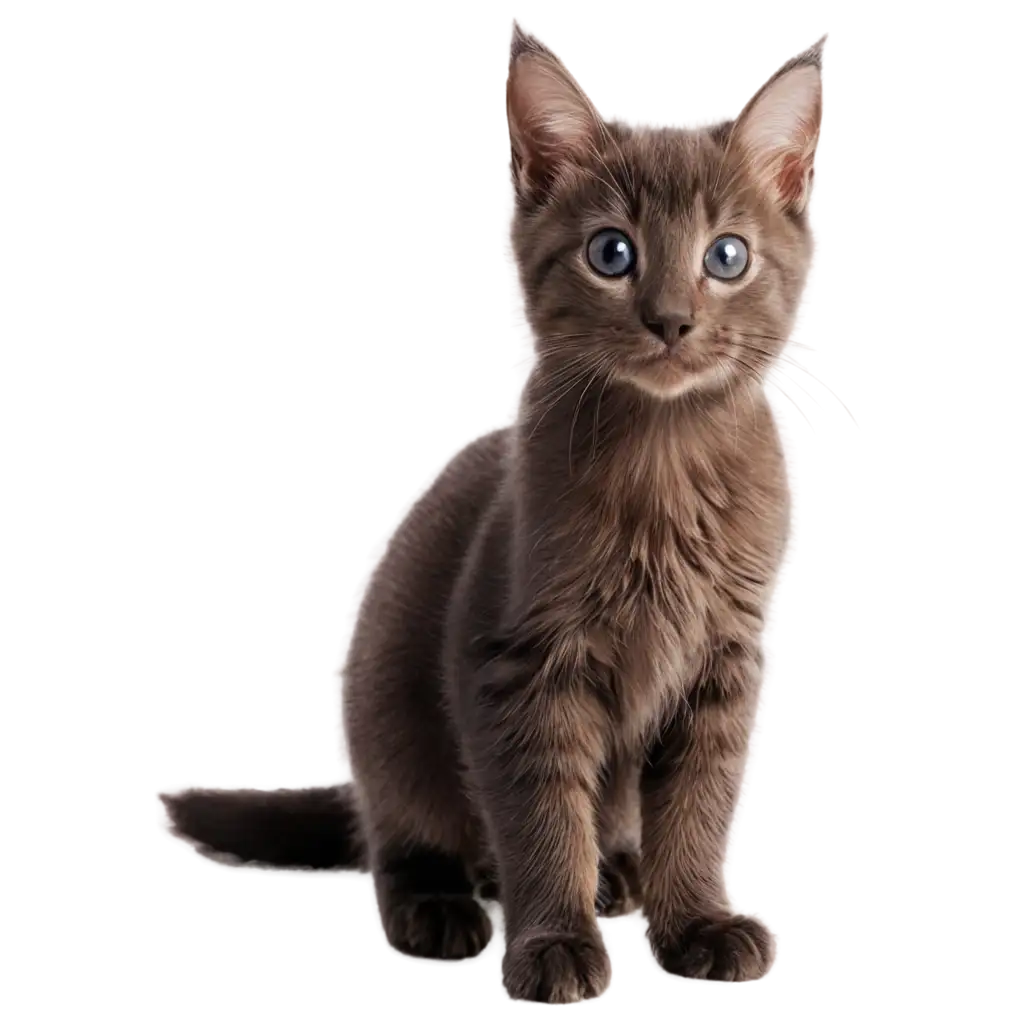
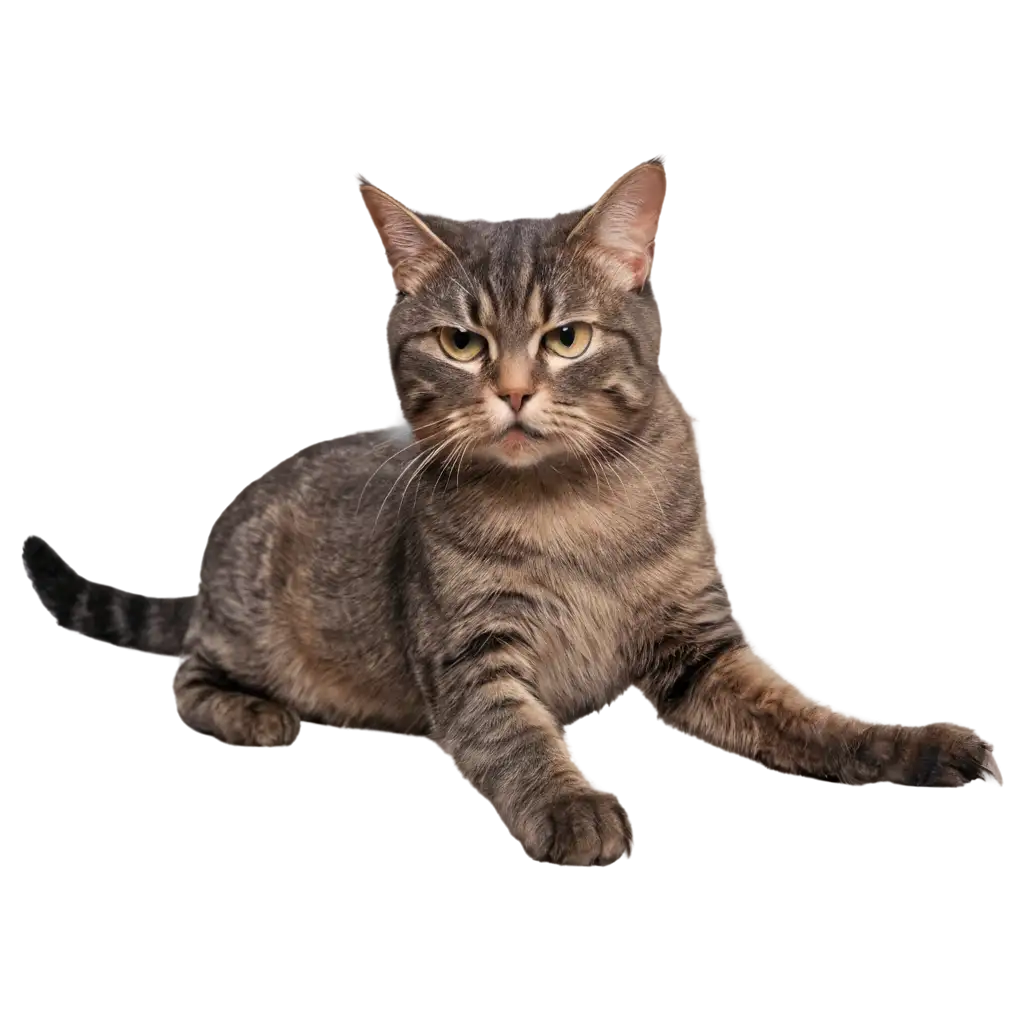
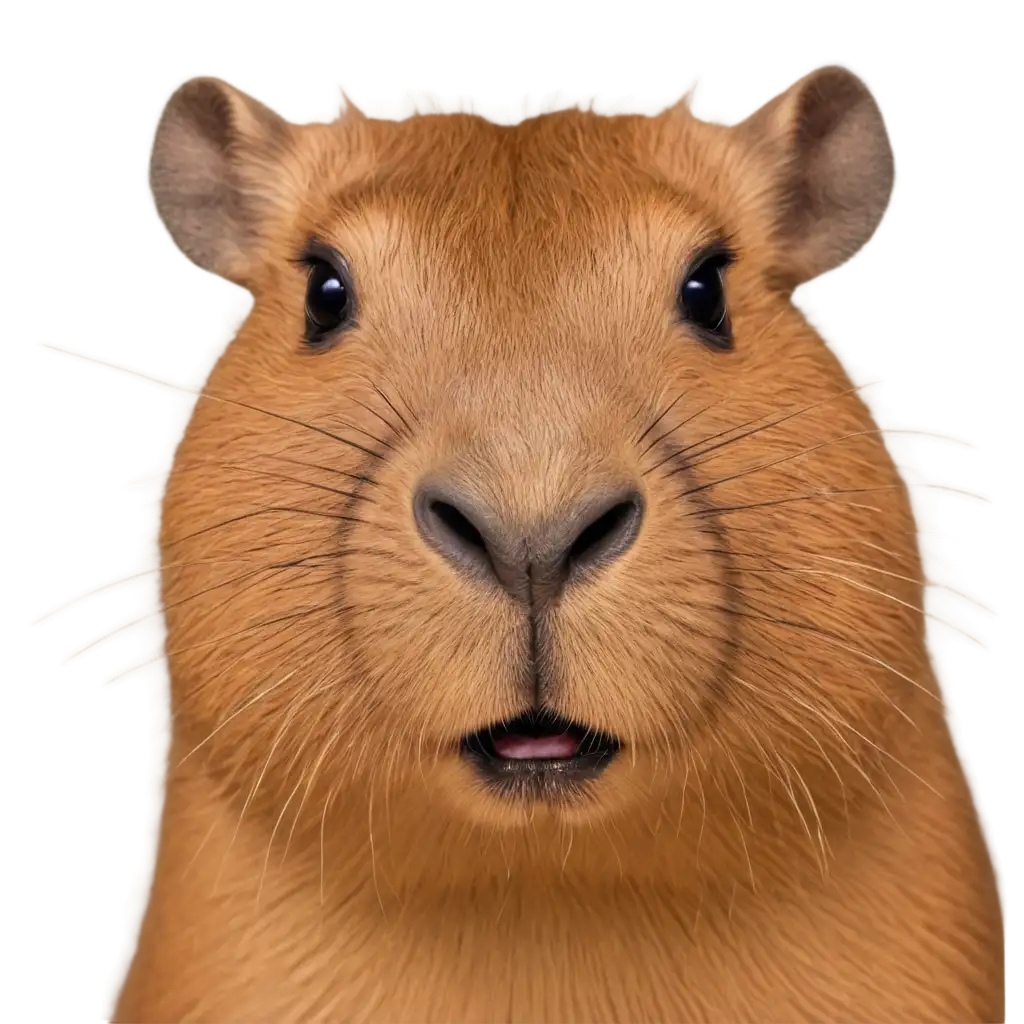
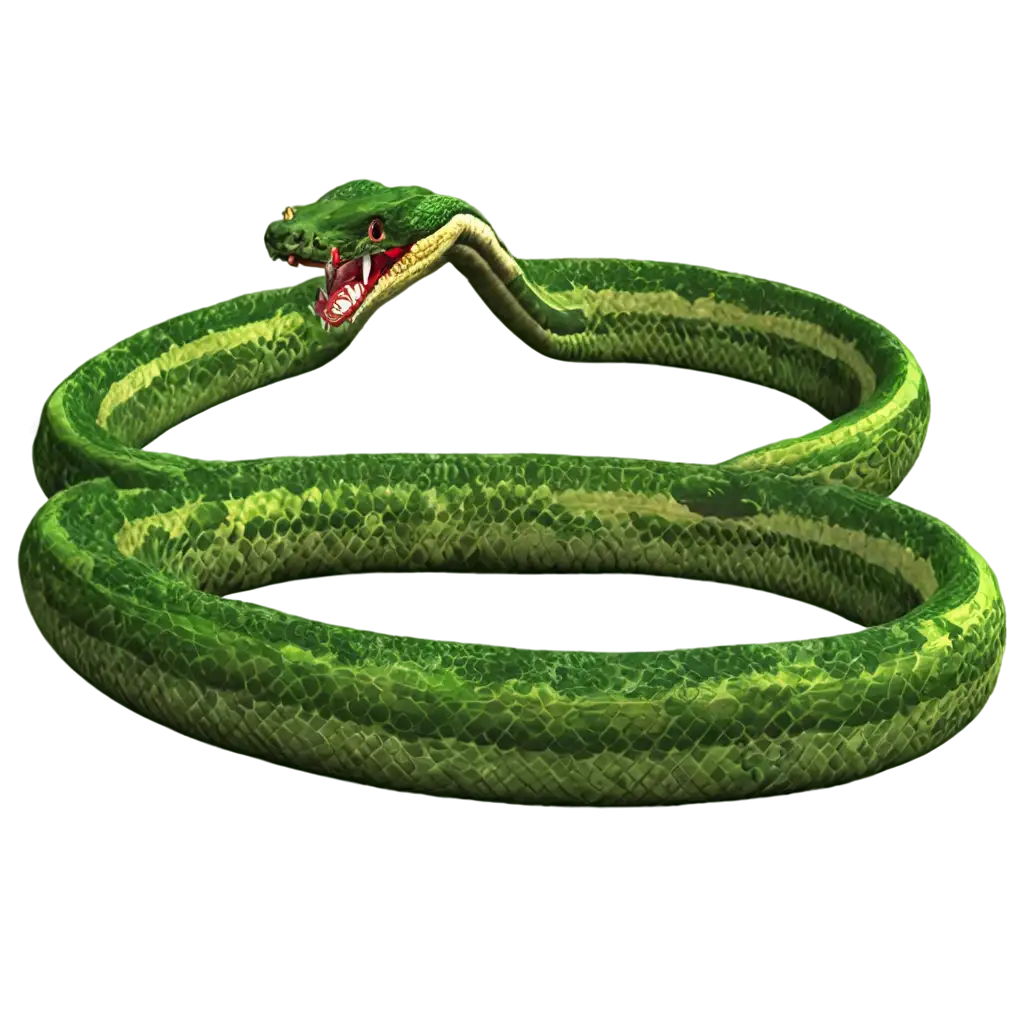

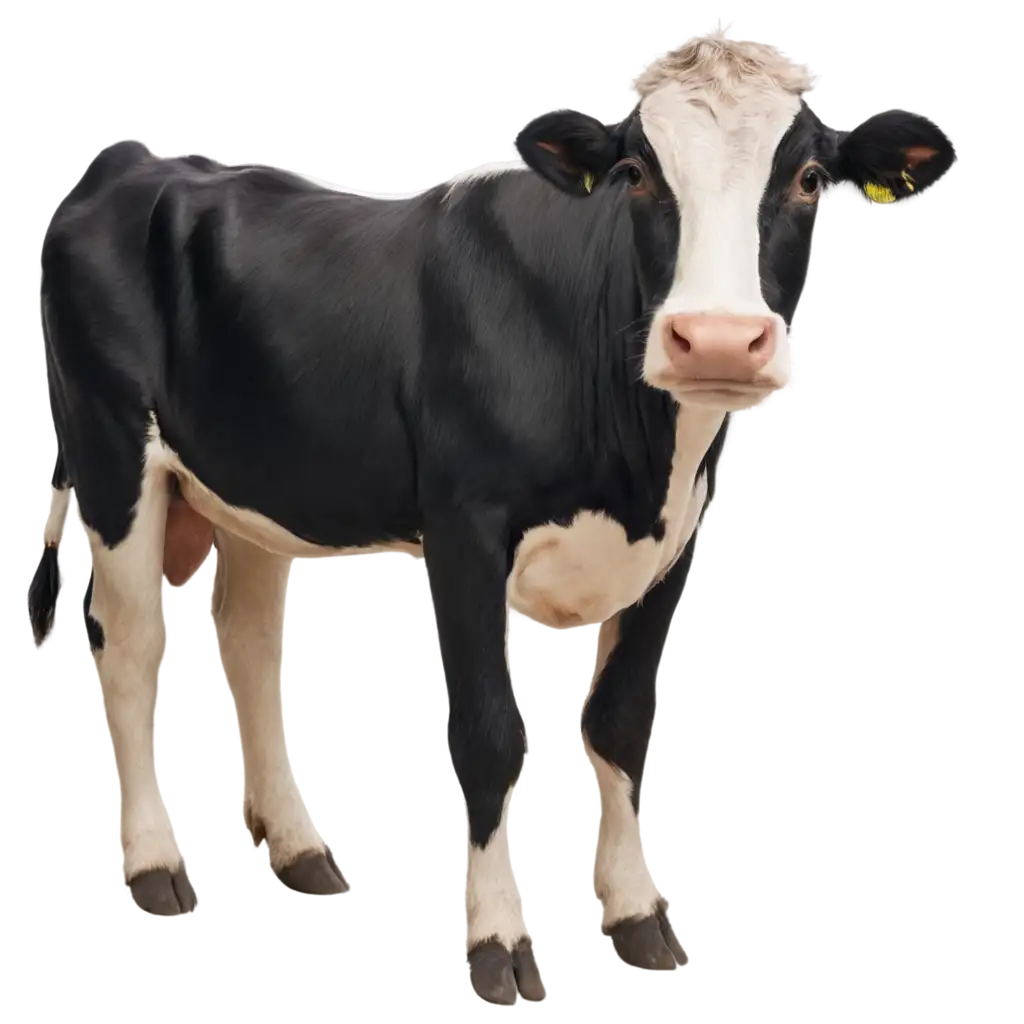
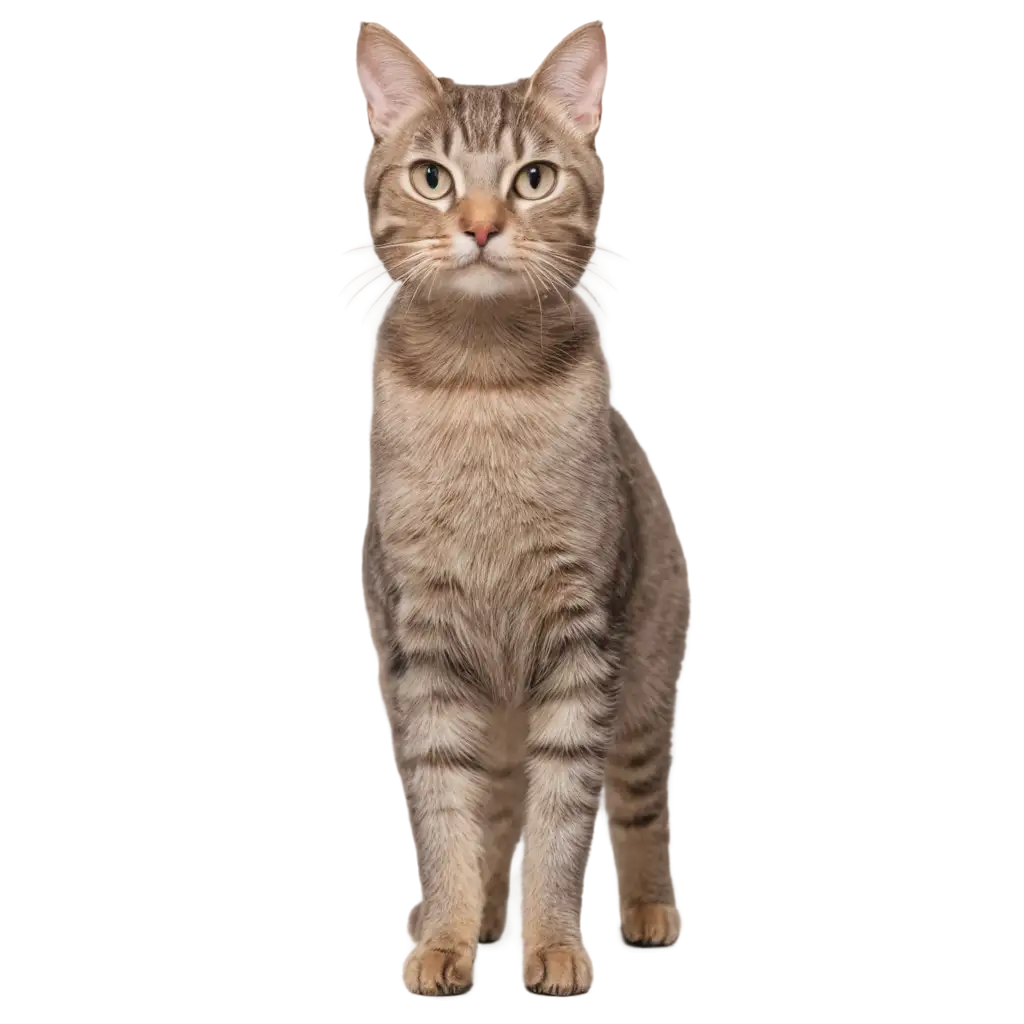
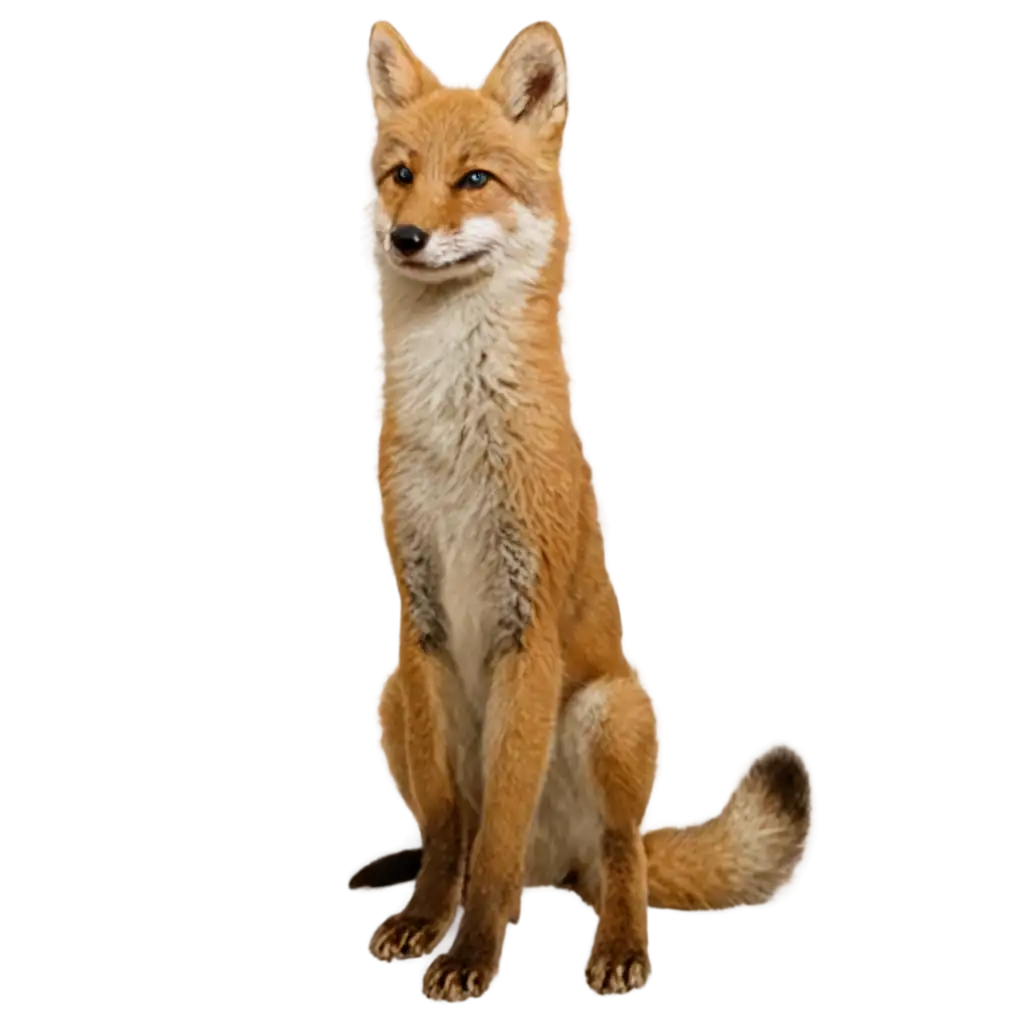
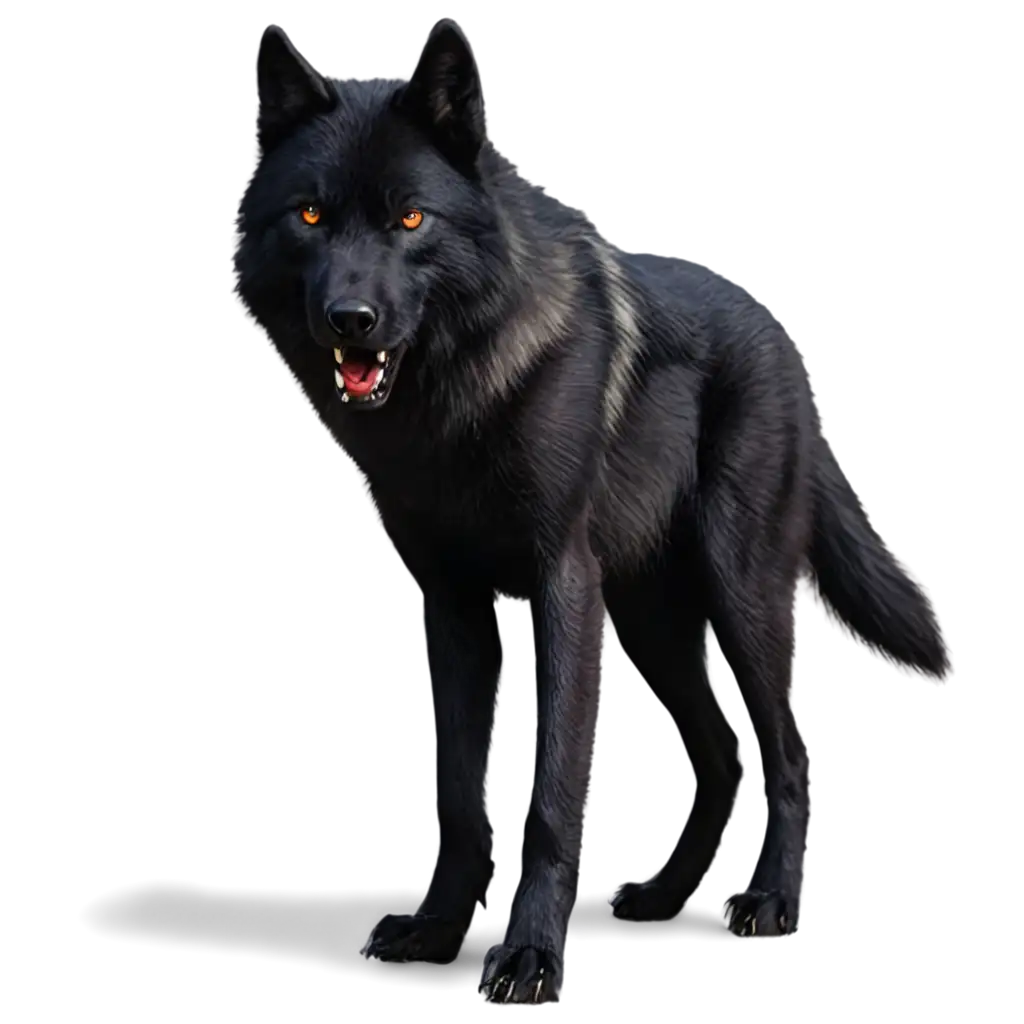
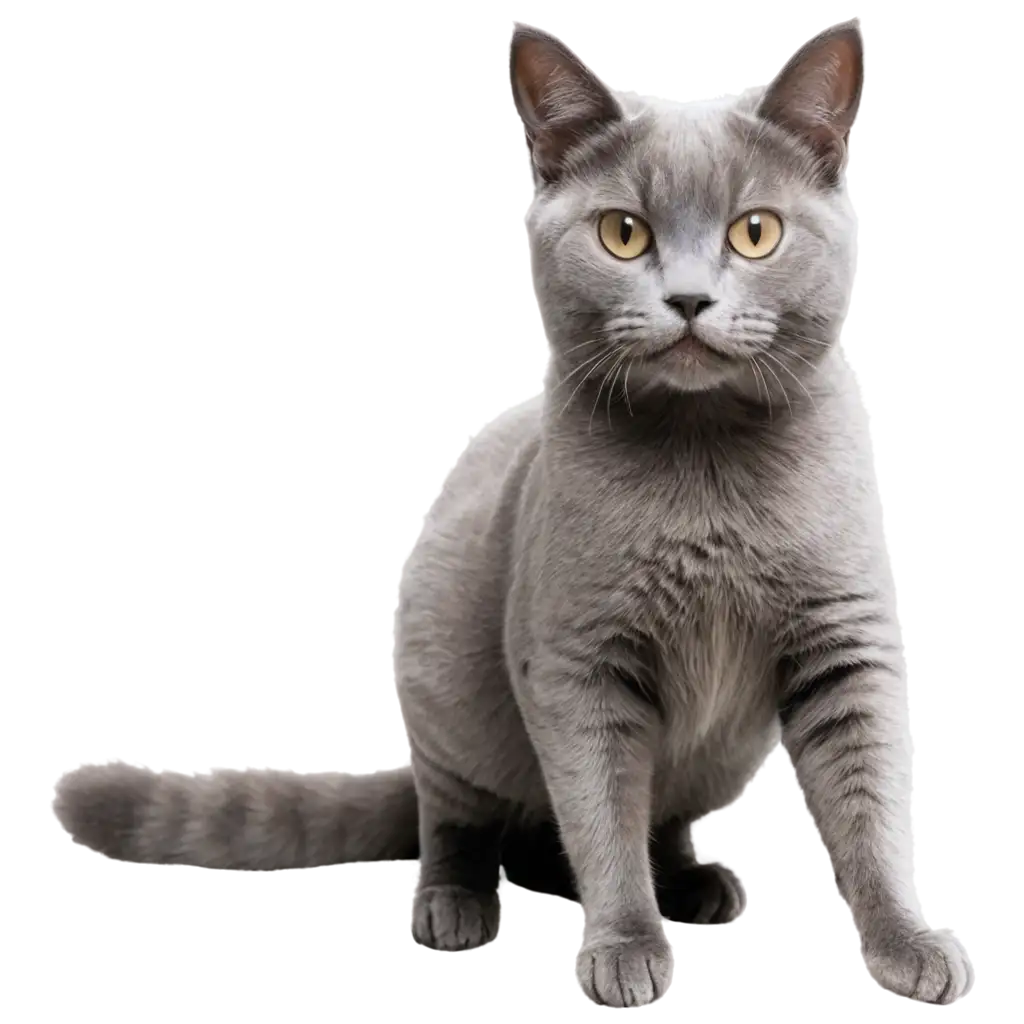
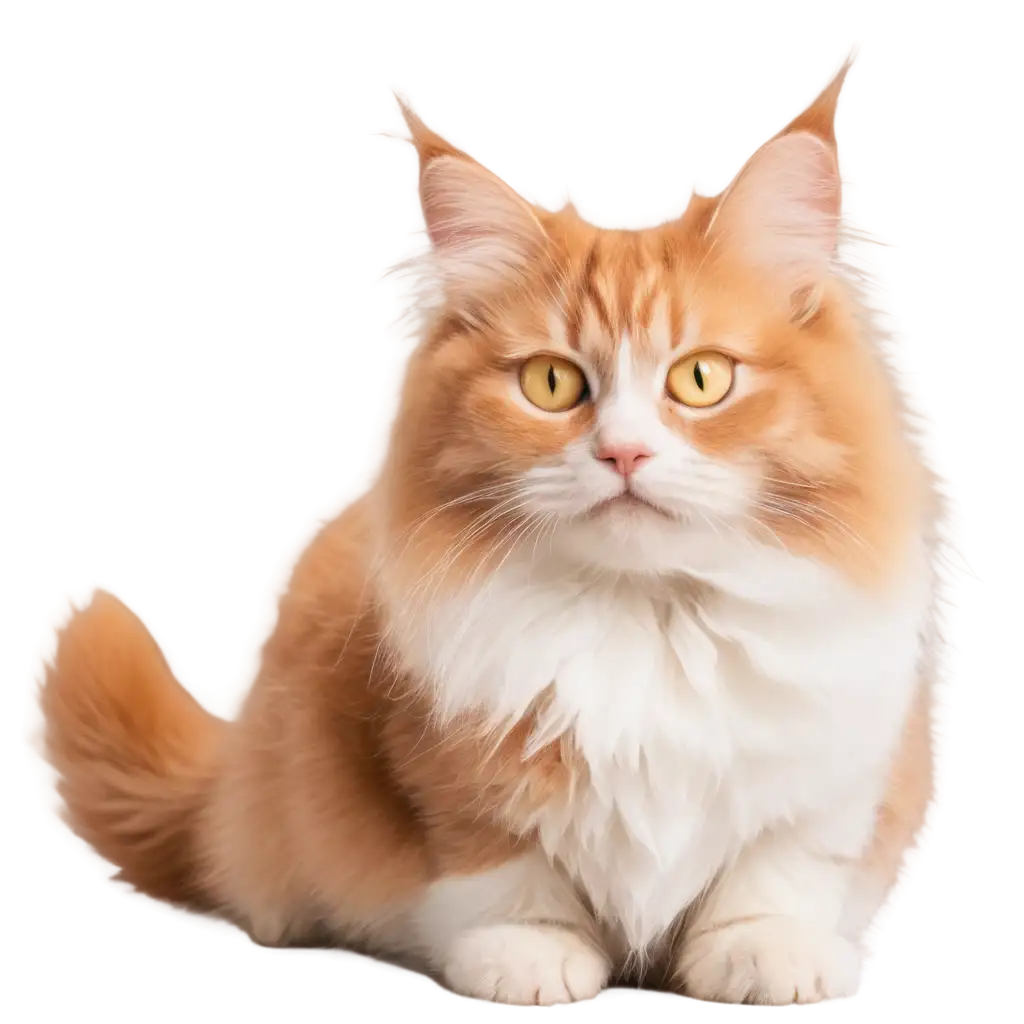

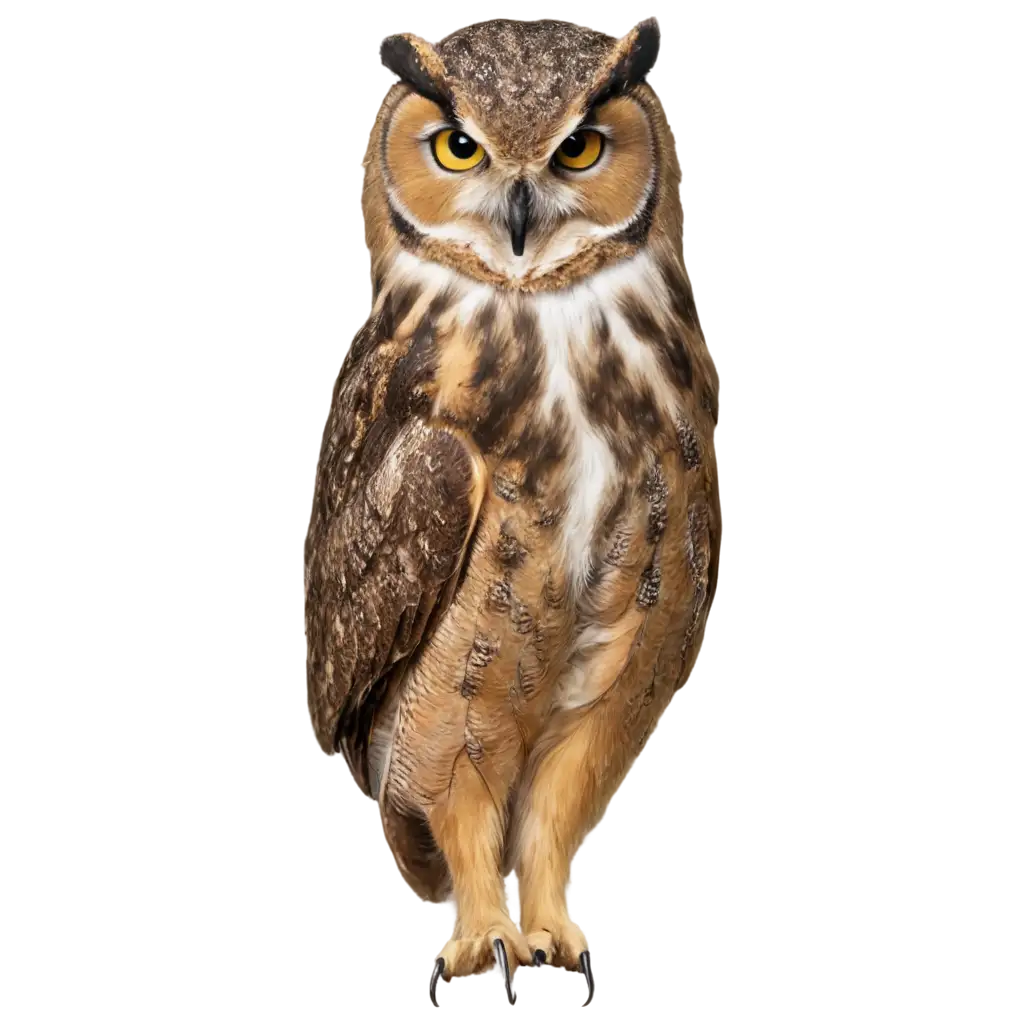
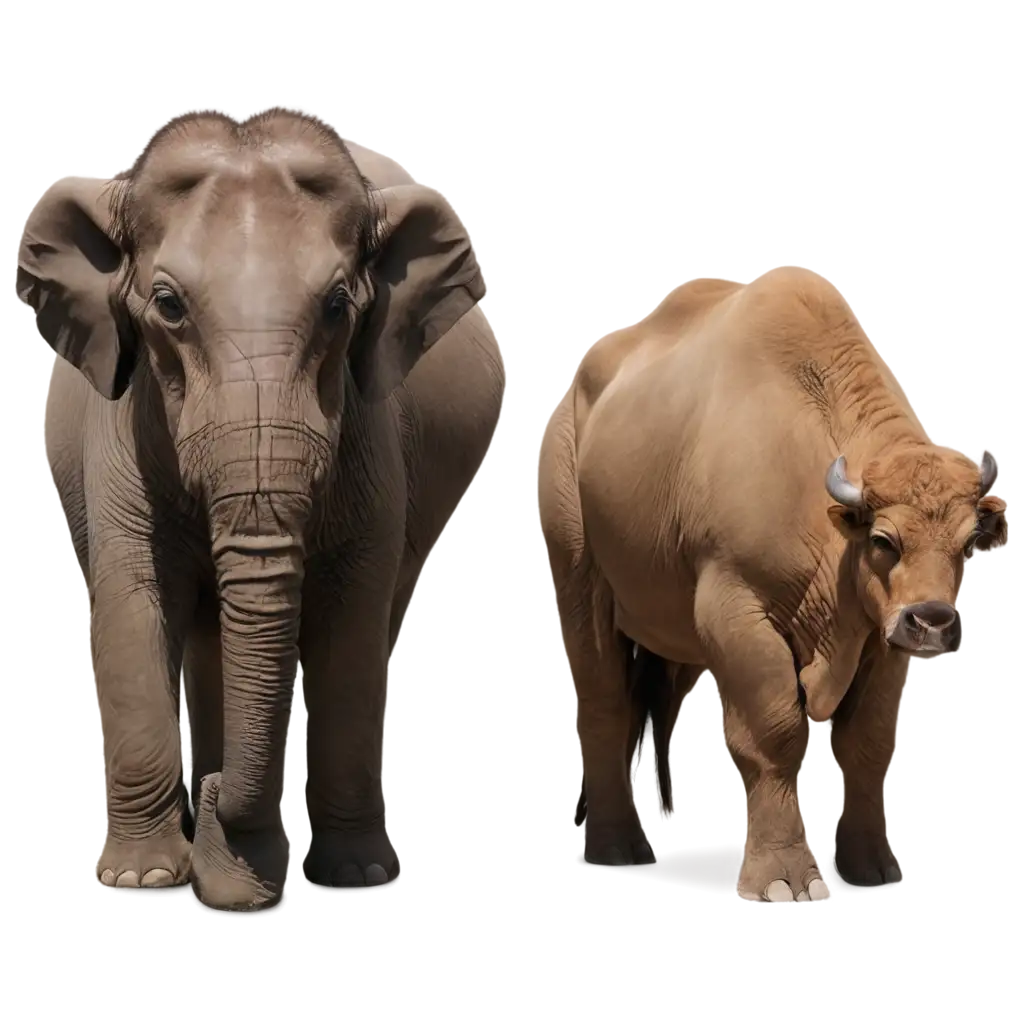
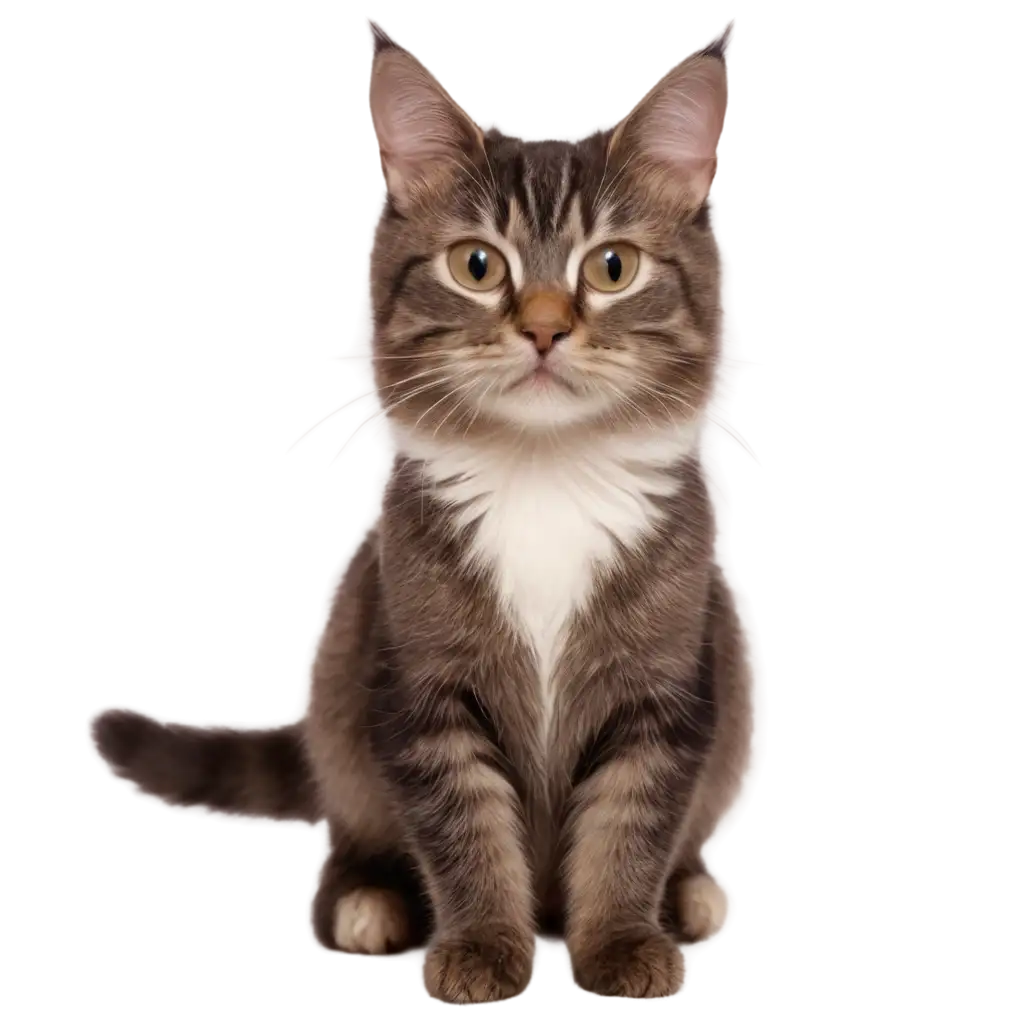
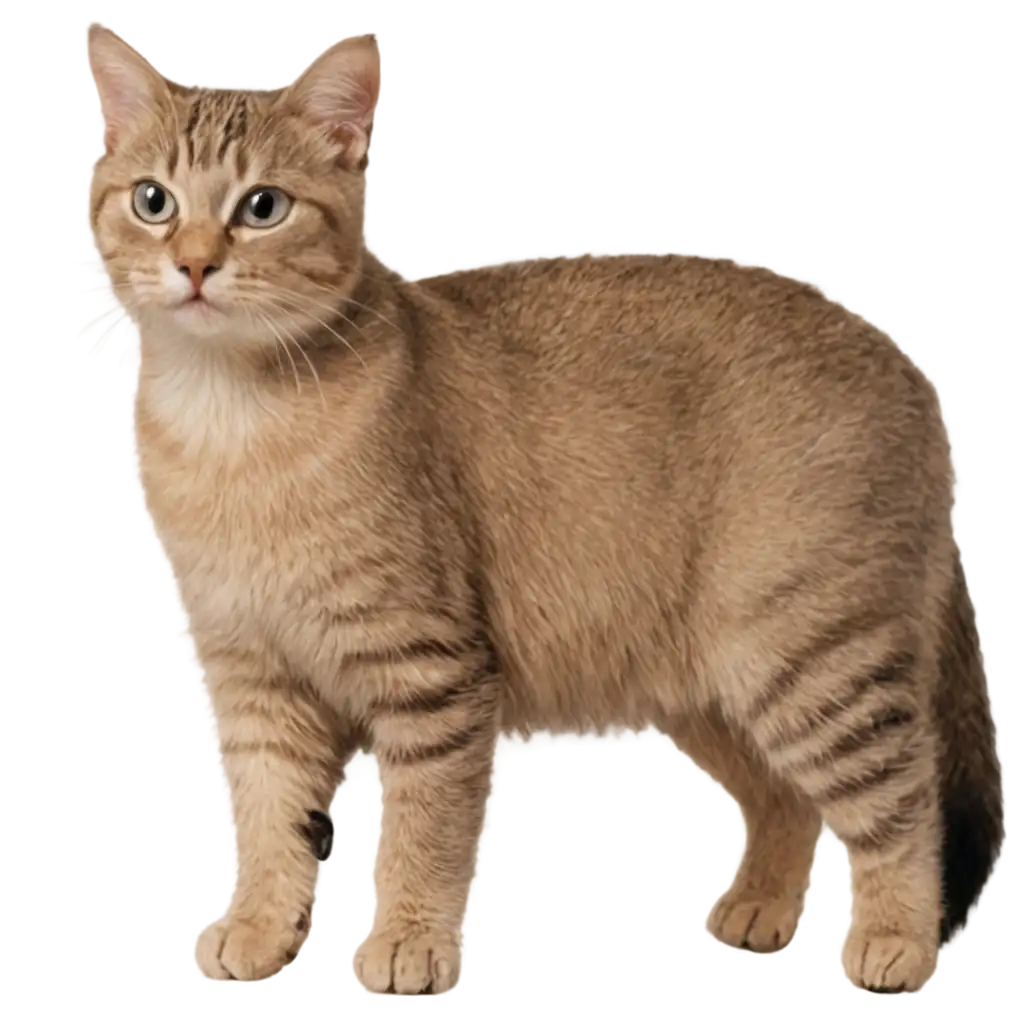
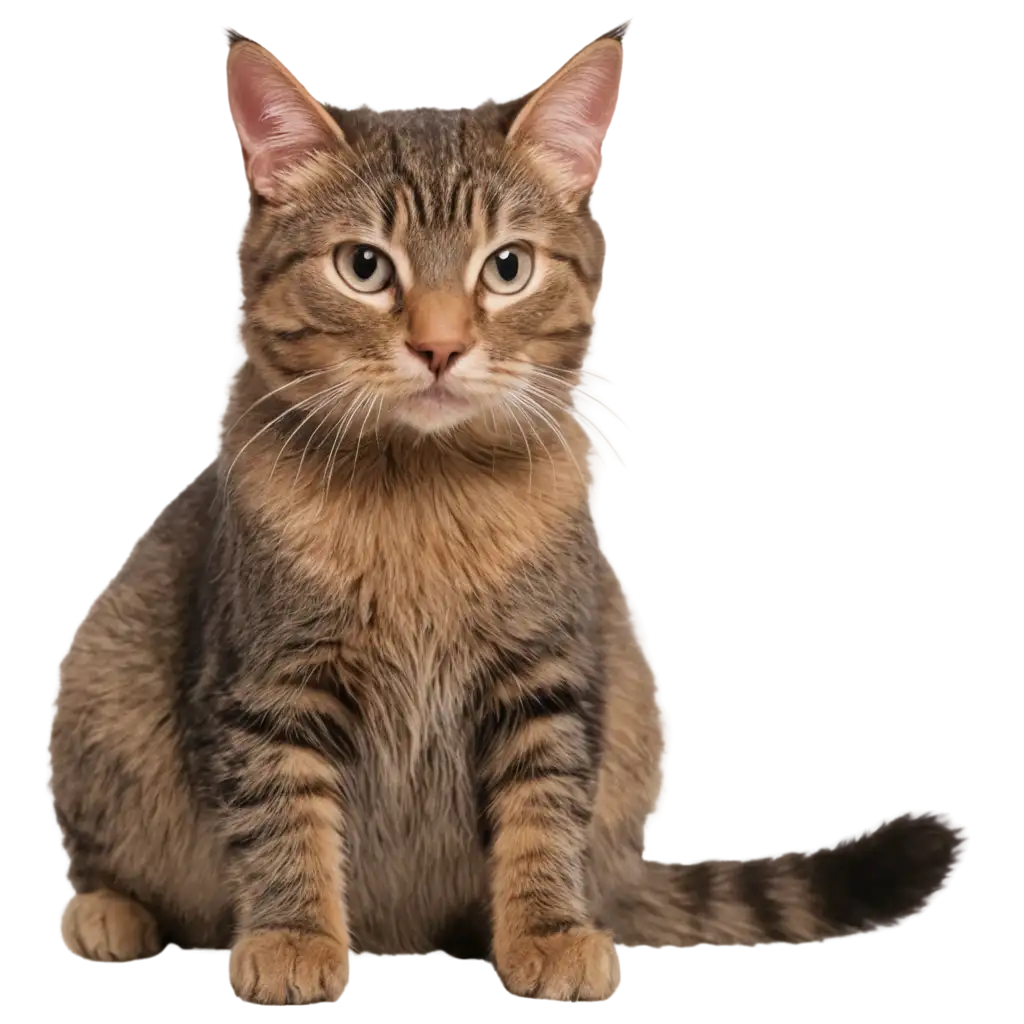
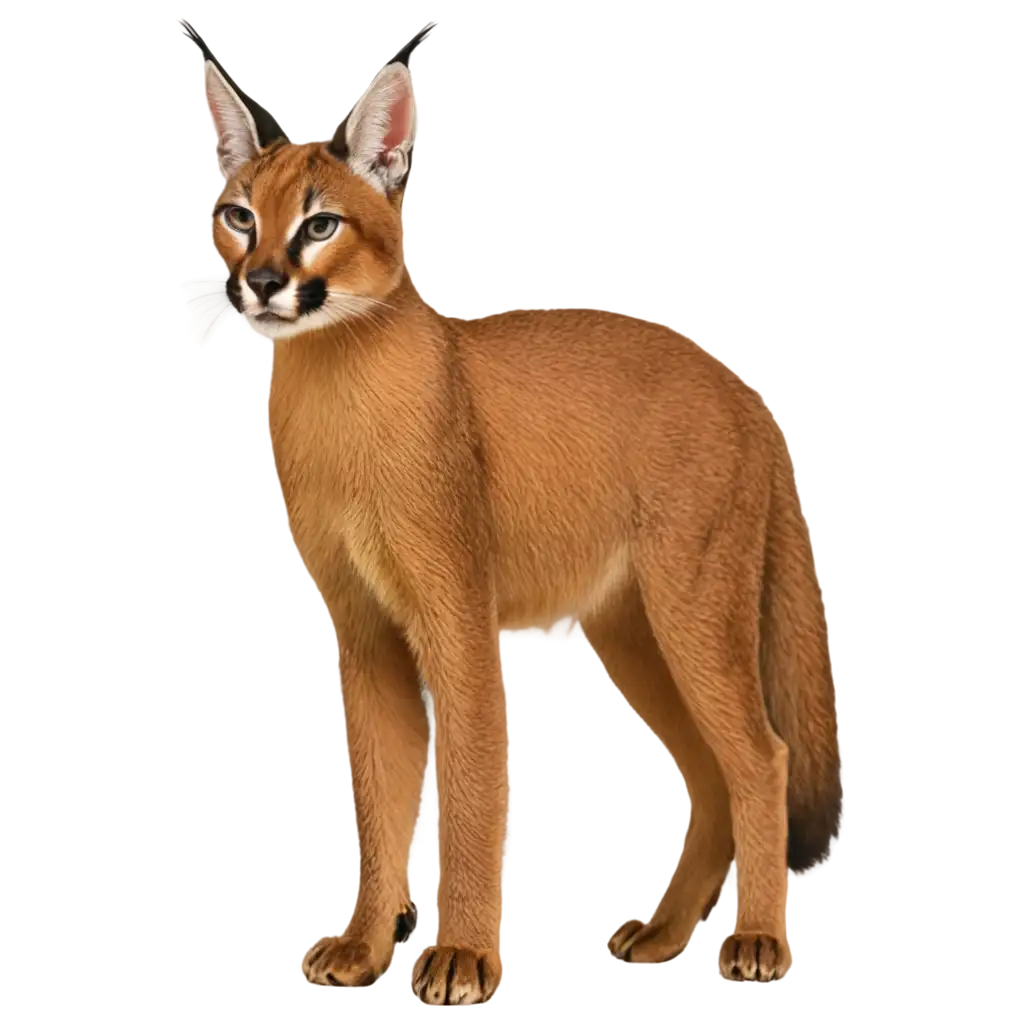
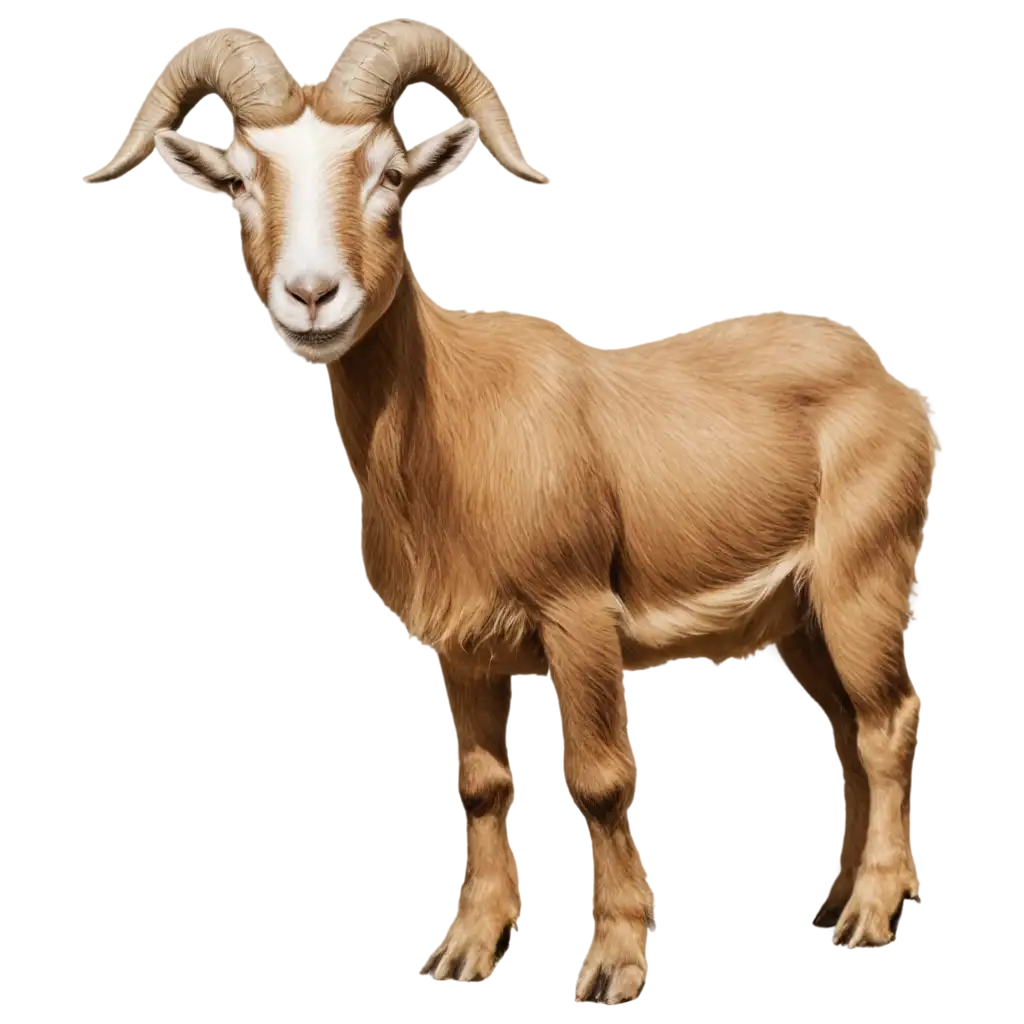
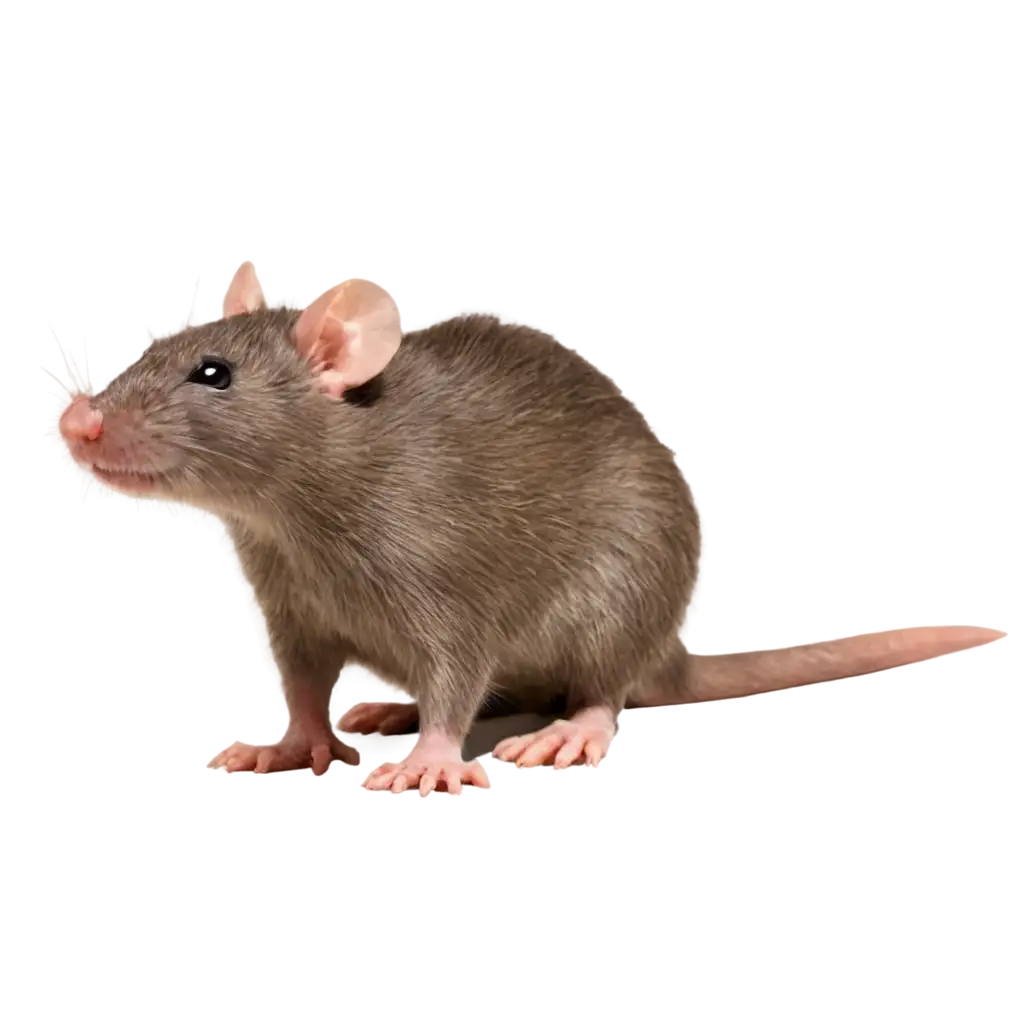
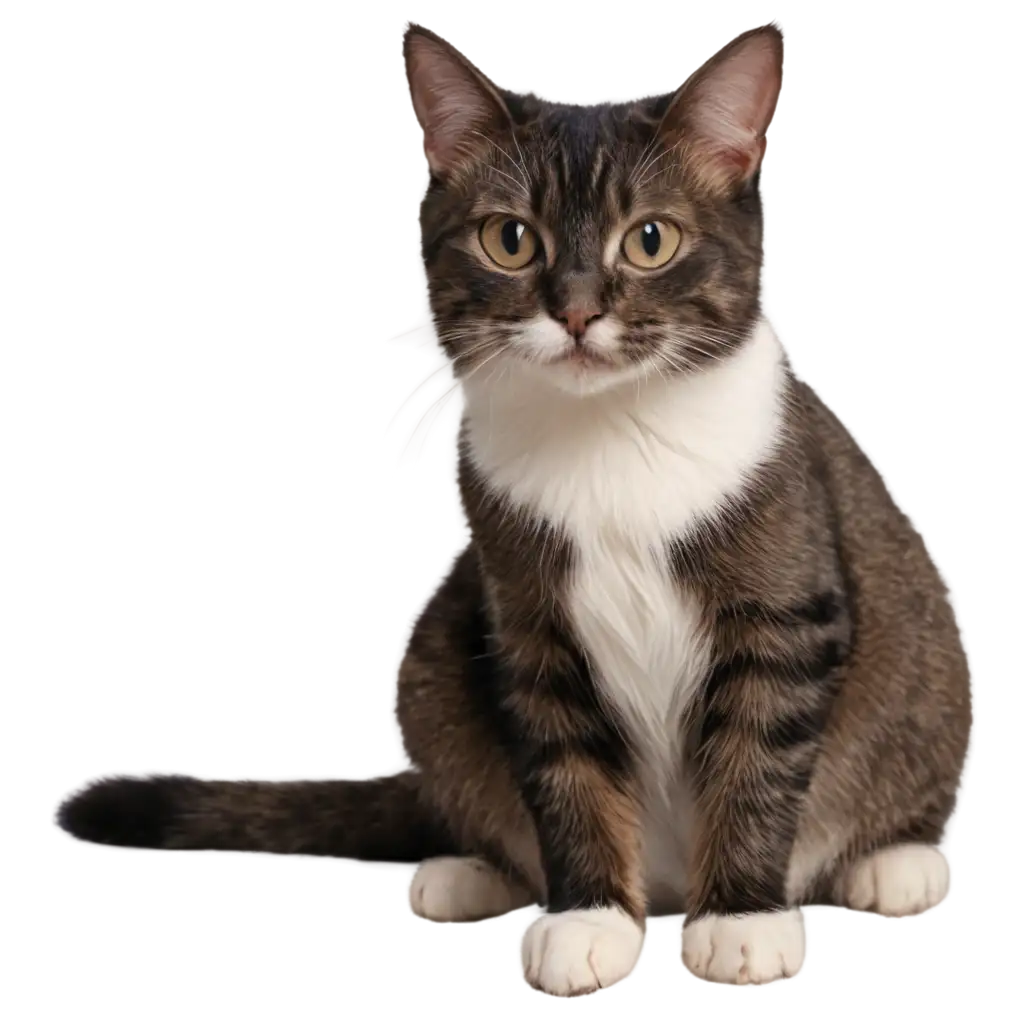

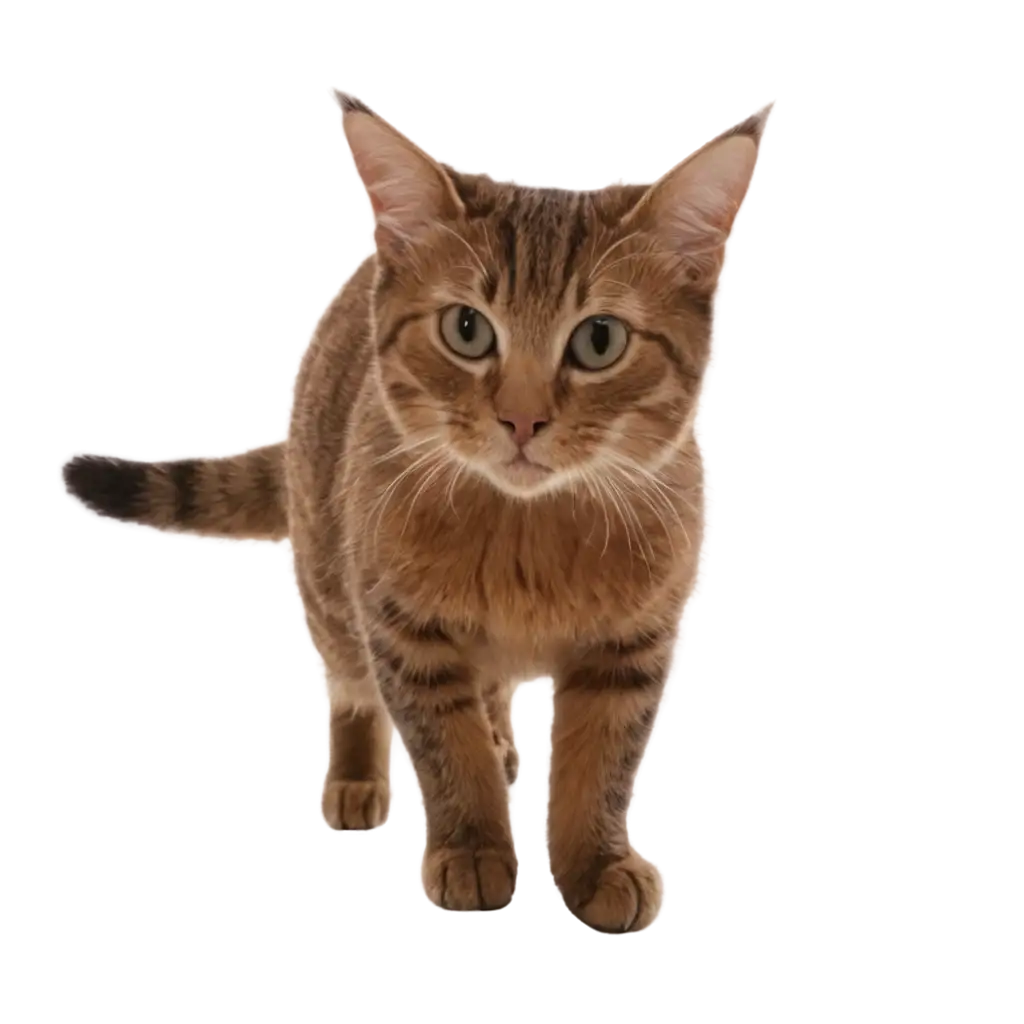
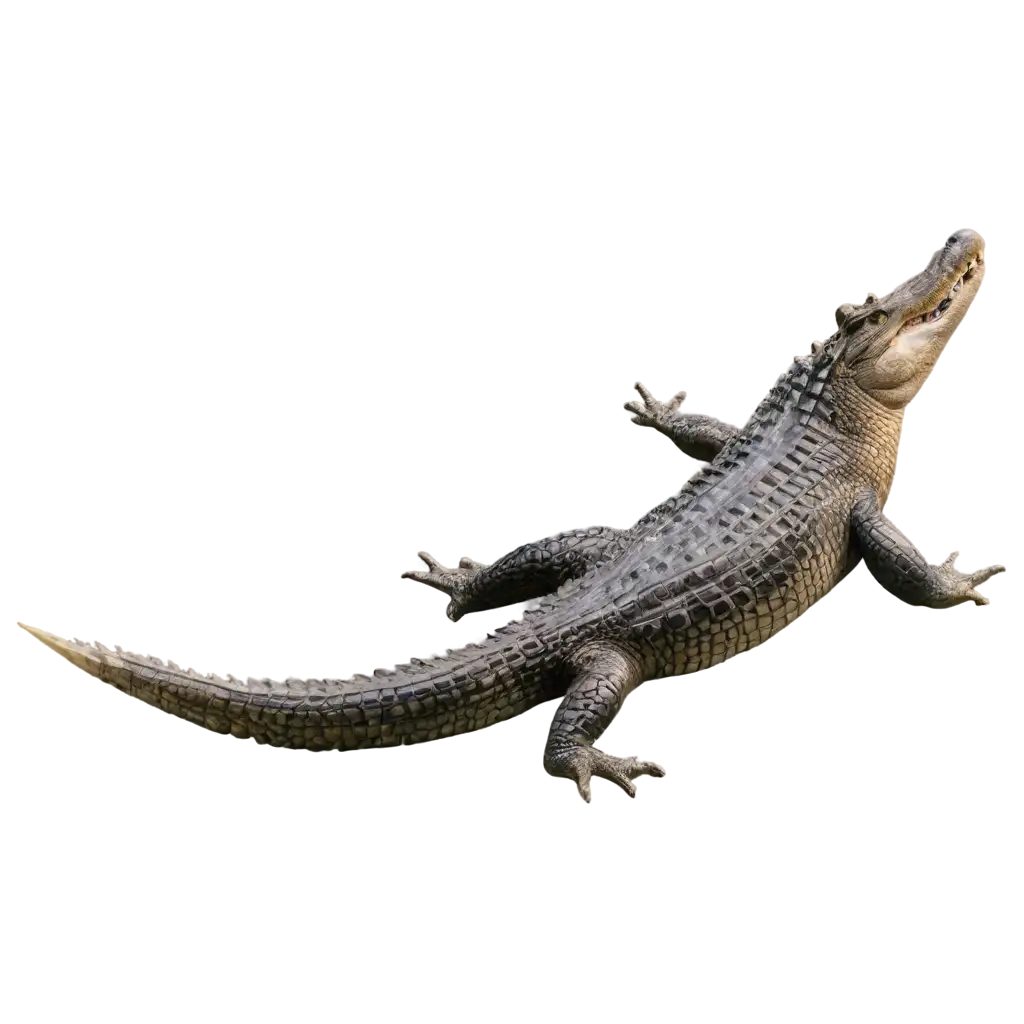

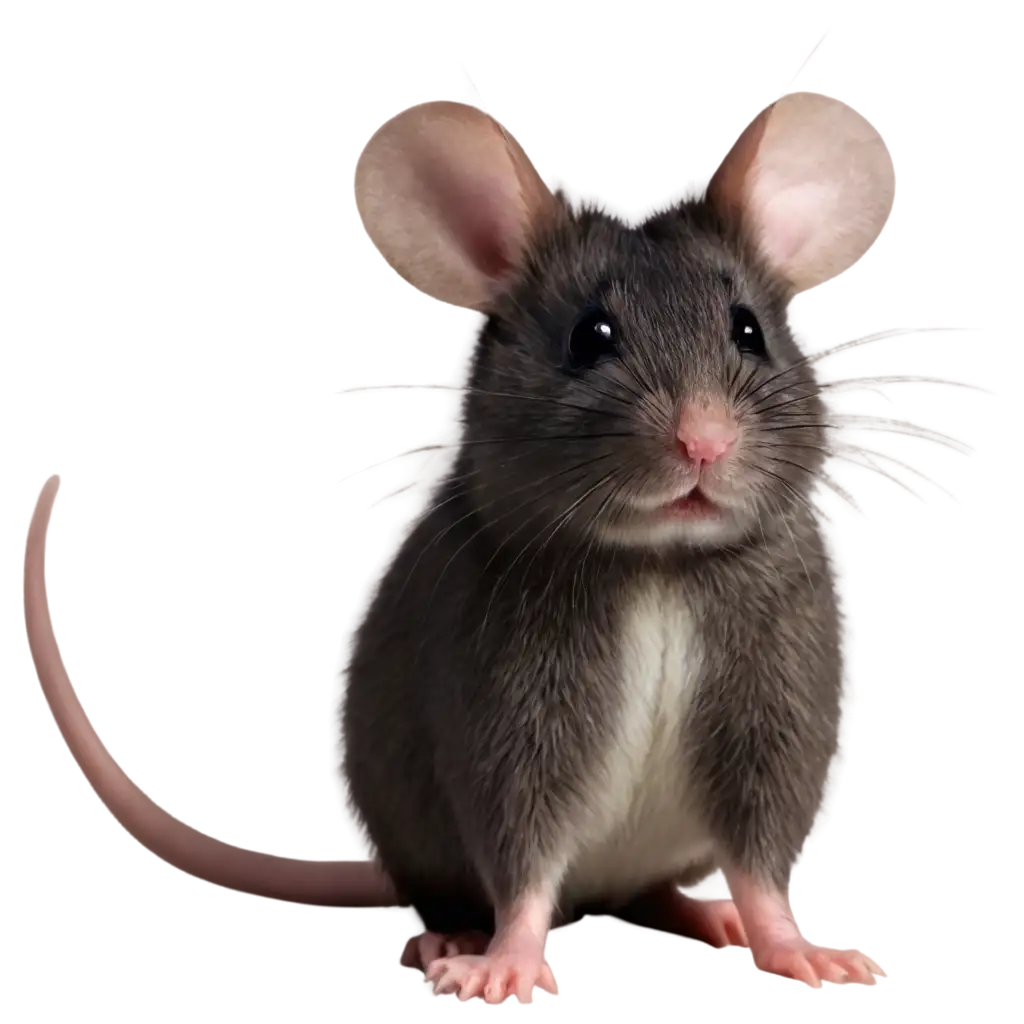
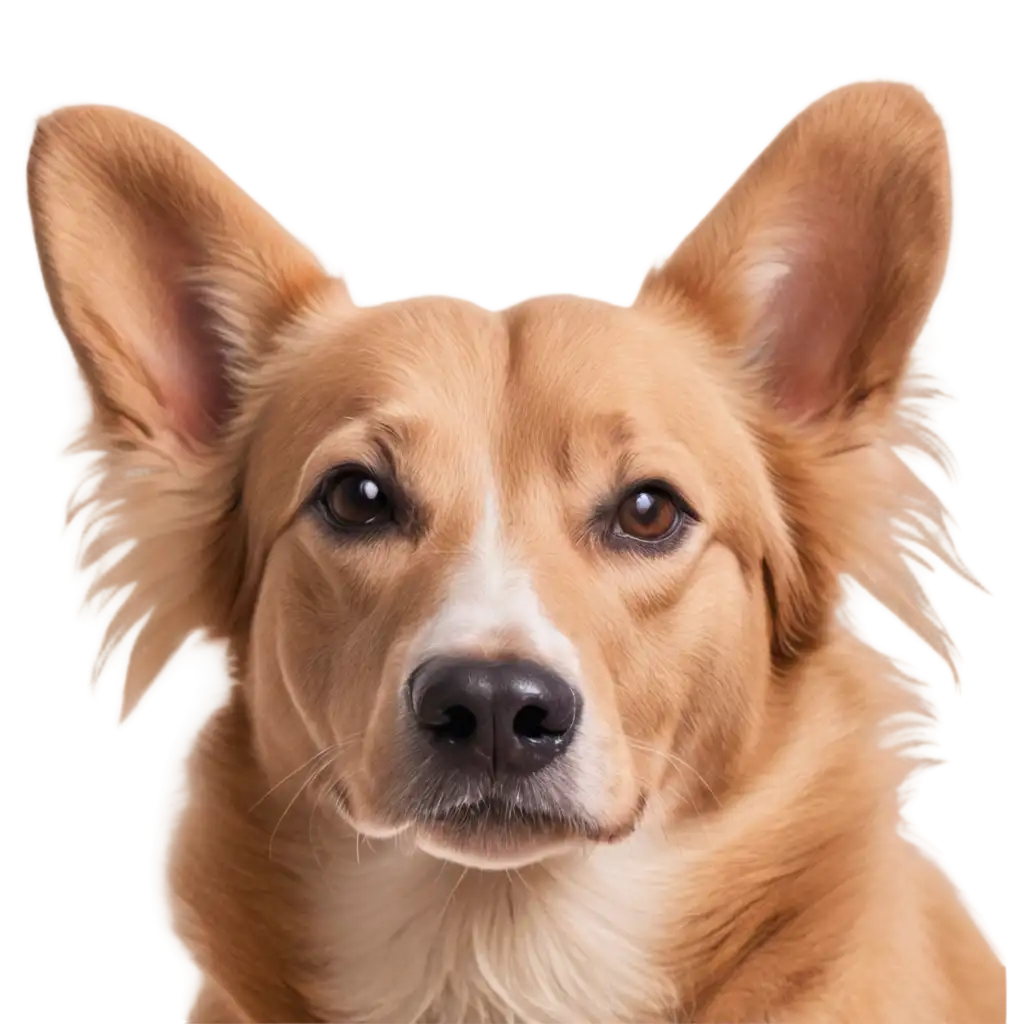
Related Tags
Animal eyes represent one of nature's most fascinating evolutionary achievements, each adapted to specific environmental needs. In photography and AI-generated imagery, capturing these unique characteristics presents both challenges and opportunities. From the vertical pupils of cats that enable precise depth perception to the compound eyes of insects that create fascinating geometric patterns, each type offers distinct visual appeal. The collection showcases various adaptations including tapetum lucidum (the reflective layer that causes eye shine in nocturnal animals), multifaceted insect eyes, and the distinctive patterns found in reptilian and amphibian eyes. Understanding these biological features helps creators generate more accurate and compelling images that capture the true essence of animal vision.
Understanding the Diversity of Animal Eyes in Photography
Creating high-quality animal eye images requires attention to specific technical elements that bring out their unique characteristics. Key aspects include capturing the intricate iris patterns, demonstrating the variety of pupil shapes (from circular to vertical slits), and showcasing the distinctive reflective properties of different species' eyes. Professional photographers and AI algorithms focus on elements such as the corneal reflection, pupil dilation, and the subtle color variations in the iris. The collection emphasizes these technical aspects through various formats: macro photography-style shots that reveal minute details, 3D renderings that demonstrate structural elements, and vector illustrations that highlight key features. Each image is optimized for both aesthetic appeal and scientific accuracy, making them valuable resources for both creative and educational purposes.
Technical Aspects of Capturing Animal Eye Details
Animal eye photographs find diverse applications across multiple fields. In educational contexts, they serve as valuable teaching tools for biology and zoology courses, helping students understand visual adaptations in different species. Wildlife photographers and documentarians use these images as reference materials for field photography. Graphic designers incorporate them into logos, branding materials, and wildlife conservation campaigns. The collection's variety of formats supports different creative needs: stock photos for publication and documentation, 3D models for animation and game development, vectors for scalable graphics and logos, and illustrations for books and educational materials. The high-resolution quality ensures flexibility in usage, from small web graphics to large-format prints.
Applications and Uses in Creative Projects
The field of animal eye photography continues to evolve with advancing technology. AI-generated images are becoming increasingly sophisticated in capturing the subtle details of animal eyes, from the complex patterns of bird irises to the multifaceted structure of arthropod eyes. Emerging trends include the use of machine learning to generate hyper-realistic textures, advanced lighting simulation for accurate eye shine effects, and the development of specialized algorithms for capturing species-specific characteristics. The integration of biological data into AI image generation is improving accuracy and educational value. Future developments may include interactive 3D models, augmented reality applications for educational purposes, and the ability to generate anatomically accurate cross-sections for scientific visualization.
Future Trends in Animal Eye Photography and AI Generation